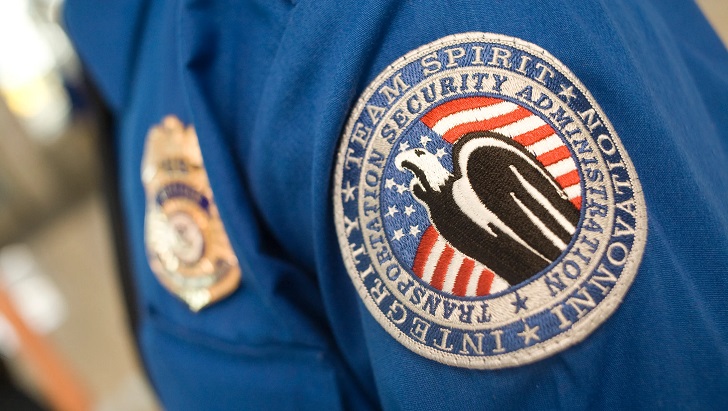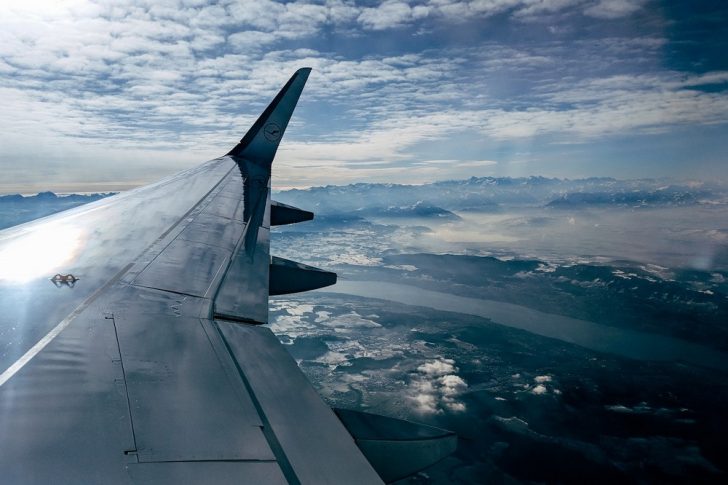The travel bug is alive and well among Americans, and it seems they’re not just settling for local getaways anymore. The notion that consumers might pull back on travel spending has been shattered, and the recent 4th of July holiday served as a testament to this trend.
Breaking Records in the Skies
On June 30th, something extraordinary happened in the world of air travel. The Transportation Security Administration (TSA) marked this day as the busiest air travel day in history, screening over 2.88 million passengers.
This achievement overtook the previous record set on the Sunday following Thanksgiving in 2019. This wasn’t an isolated incident either; airports across the nation witnessed travel records being shattered over the entire weekend, as confirmed by the TSA.

Mixed Bag of Data
While the air travel surge paints a picture of relentless wanderlust, other travel-related statistics present a more nuanced view. Data from U.S. inflation reports revealed that airfares experienced a second consecutive month of decline in May.
Additionally, the U.S. Travel Association reported a three-month decline in hotel demand. However, these figures primarily reflect domestic travel patterns, masking an undercurrent of international travel growth.
Venturing Beyond Borders
After three consecutive summers of Americans predominantly vacationing within their own borders, a significant shift has occurred this year. Observers like Truist analyst Patrick Scholes have noticed that Americans are spreading their wings and exploring international destinations this summer.
This shift is substantiated by figures showing that the average round-trip airfare from the U.S. to Europe has spiked to $1,200—an amount not seen in over five years, according to Hopper, an online travel agency. Likewise, London hotel room rates experienced a nearly 20% surge in May, as reported by industry tracker STR.

Investment Opportunities Abroad
As Americans embark on overseas adventures, investors are eyeing potential opportunities within the travel industry. One notable contender is Hyatt Hotels (H), a favorite among Truist analysts. Hyatt’s advantageous position is underlined by around 30% of its earnings derived from its collaboration with the Caribbean-centric Apple Leisure Group—a prominent packaged travel provider.
Moreover, Hyatt could benefit from the strong demand for leisure travel in Europe. According to FactSet data, analysts’ average price target for Hyatt stands at $127.53, implying an 11% upside from its recent price.
Cruising to Success
Cruise-line stocks have notably led the travel industry’s upward trajectory in 2023, largely due to the sector’s inherent international focus. The likes of Royal Caribbean Group (RCL), Carnival (CCL), and Norwegian Cruise Line Holdings (NCLH) have witnessed remarkable growth, with increases of 107%, 136%, and 78%, respectively.
Stifel analyst Steven Wieczynski suggests that Royal Caribbean still has room to climb—approximately 17% more, reaching $120. He attributes this potential growth to a two to three years of pent-up demand backlog.
Soaring High in the Skies
Airline stocks have defied the apparent slump in domestic ticket prices, showing impressive performance. While airfares experienced a 3% decline in May and a 2.6% decrease in April, according to U.S. consumer price index data, this doesn’t necessarily indicate waning demand.

The drop could be attributed to lower fuel costs. Furthermore, J.P. Morgan analyst Jamie Baker highlights that the consumer price index heavily leans towards domestic data, ignoring a year-over-year shift towards international travel.
This shift towards international destinations is reflected in the soaring success of airlines like United Airlines Holdings (UAL), Delta Air Lines (DAL), and American Airlines Group (AAL), each of which has witnessed growth surpassing 40% in 2023.
Investor Confidence and the Road Ahead
Wall Street’s optimistic perspective on these trends suggests further growth for Delta and United. As per FactSet data, analysts’ average price targets indicate a potential 19% rise for Delta stock and an 18% increase for United’s stock.
In a broader economic context, the normalization of domestic travel demand is a positive note for the Federal Reserve in its ongoing battle against inflation. However, this shift doesn’t spell doom for travel stocks, particularly those exposed to the summer international travel boom.
